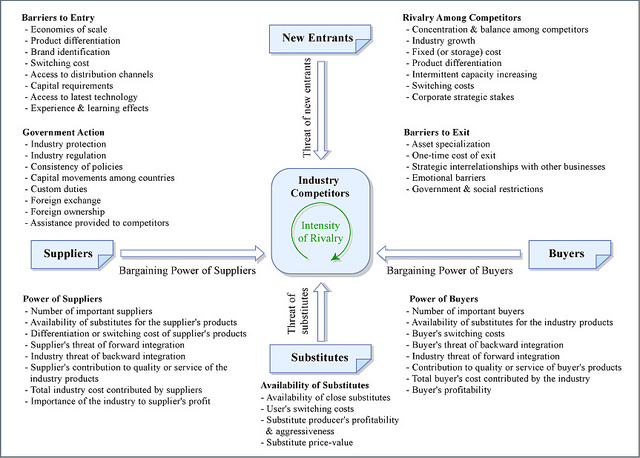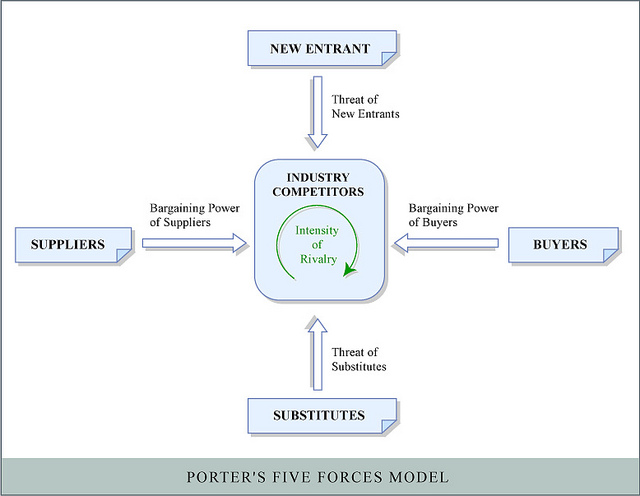
When we begin to work with students who are hired to be peer tutors, one of the barriers we must cross is the false idea that tutors teach. When I ask which courses they would like to tutor, I hear: “I want to teach math.” And what they usually mean “teach” in the sense of an expert who will explain the topics to a novice. This is the lecture part of teaching: I know it so I am going to tell you so that you will know it too or I know how to do it so I will show you and after you watch me, you will be able to do it too. Many first-time tutors are surprised to find out that the best tutoring sessions are where the tutor says very little and the student does all the talking and where the student holds the pencil or controls the mouse.
Tutor do need to have excellent knowledge of the course material and do need to be able to explain concepts and demonstrate skills but that is a small part of what a tutor should be doing in a tutoring session. Good tutors move from being a lecturer and demonstrator to acting as a facilitator and guide. They need to understand that tutoring is more about questioning and listening than speaking. This is the threshold concept that tutors need to work through.
Once you pass through that threshold, you can’t go back. You sit down with a student and start asking, what do you understand now about this material, where are you getting stuck, what questions do you have, what have you tried? Show me your text, your notes, your materials. Walk me through the problem you are struggling with. This is the blind spot.
Even as I write this, it is hard for me to explain the transformation that happens. So, in tutor training, I talk about tools and techniques. These are the smaller skills that lead to tutoring instead of lecturing. I use the example of tutoring Math and begin with the idea that the tutor should put down the pencil and the whiteboard marker. The student begins the problem while the tutor observes. Not the other way around. The tutor listens for confusion, missed steps and misinformation.
To ease tutors into this practice, I recommend they use the Simulated Instruction Model*, a technique I first learned in my study of Learning Strategies and Assistive Technology for student with disabilities.
After identifying a math problem, the student finds challenging, the tutor works through a similar problem (because we don’t do student’s homework). As they are working through the problem, they must say out loud everything they are thinking as they tackle the problem. They must make real their internal thought process. They talk out every step to solving the problem.
Then the student starts the same problem and they are asked to say out loud everything they are thinking and the tutor listens intently looking for missed steps, missing knowledge or concepts that have been misunderstood. The tutor and student can then discuss the errors in thinking, if any and in some cases, the tutor can identify the missing knowledge and help the student develop a prop. For example, the student may have forgotten about order of operations. The tutor can reintroduce BEDMAS (Brackets, exponents, division, multiplication, addition, subtraction) and invite the student to create a prop by writing BEDMAS and an explanation of their own on an index card.
The student then attempts a new similar problem with the prop visible on the desk still working out loud while the tutor listens and guides if needed. The student can try this problem or the first again until successful. When the student is successful, they attempt a third similar problem. The student is encouraged to turn the prop over and only access it when needed.
This process is very effective for tutoring math and is also very effective for moving a tutor from an expert lecturing/demonstration mode to a facilitator and guide mode. It can be used in a group setting as well where students solve problem together with the guidance of a tutor by having the students, in turn, up at the whiteboard solving the problems instead of just watching the tutor do it.
*Note about Simulated Instruction Model (SIM), I do not have a citation for this model. I have search the internet for more information about SIM and where it came from to no avail. Perhaps I am remember it wrong. If anyone has insight, please let me know so that I can credit this.
This post is in response to Ontario Extend’s Teaching for Learning Module’s Blindspot Extent Activity.



















 Scanning your textbook refers to swiftly reviewing the chapter by skimming the introduction, flipping through the pages to see the headings and layout of the chapter, paying attention to the main ideas and key terms, and skimming the conclusion or chapter summary. The goal is to gain a better idea of the purpose of the chapter and highlights of the material contained therein.
Scanning your textbook refers to swiftly reviewing the chapter by skimming the introduction, flipping through the pages to see the headings and layout of the chapter, paying attention to the main ideas and key terms, and skimming the conclusion or chapter summary. The goal is to gain a better idea of the purpose of the chapter and highlights of the material contained therein.